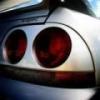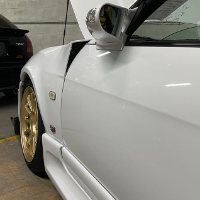Moisture In Tail Lights (r33)
Announcements
-
Similar Content
-
Latest Posts
-
By joshuaho96 · Posted
You're not wrong but 5W30 at 100C is like 10 cSt vs 25 cSt for 10W60. If we think in terms of viscosity margin 10W60 will probably still be ok at 130C but 5W30 is probably too little. It's absolutely shocking how hot the oil gets in something like a stock FL5 from only ~3 minutes of use on the Nordschleife. I would not risk taking a car like that to anything remotely intense without a ton of work done for cooling. Heat shielding on the manifold/turbo/downpipe, oil coolers, etc. -
I think the concept is highlighting the various scenarios where thicker oil helps, and thicker oil potentially doesn't help and only generates heat and costs power, in turn for safety which isn't actually any safer (unless you're going real hot). If anything this does highlight why throwing Castrol 10w-60 for your track days is always a solid, safe bet.
-
Jason should have shown a real viscosity vs temp chart. All the grades have very little viscosity difference at full operating temperature.








Recommended Posts
Create an account or sign in to comment
You need to be a member in order to leave a comment
Create an account
Sign up for a new account in our community. It's easy!
Register a new accountSign in
Already have an account? Sign in here.
Sign In Now